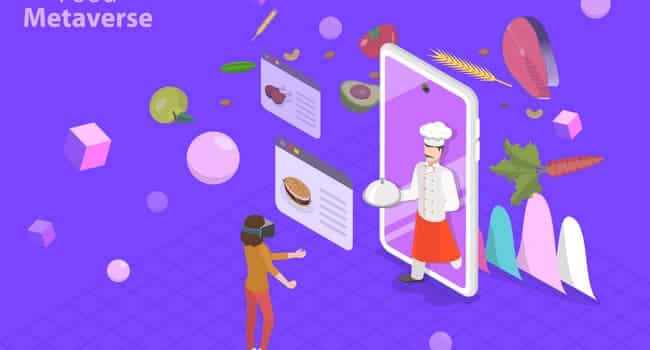A new study found that among those familiar with the metaverse, 38% are open to integrating restaurants into that experience.
As expected, younger consumers – GenZs and Millennials – are far more likely to say this than cranky boomers. But overall, this is a surprisingly high level of interest in something that is barely in the public consciousness. And, on its face, rather absurd.
PYMNTS.com and Paytronix commissioned the study. The survey featured interviews with about 2,500 consumers. The organizers segmented respondents based on their age and familiarity/experience with the metaverse.
They were also asked about their overall dining habits. Then they were then sorted into three personas. Grab and Go consumers were those who didn’t have time to dine in and preferred to carry out. The Dine Ins, as their name suggests, enjoy the in-restaurant experience. And the Either-Ors do both about equally.
The Grab and Go’s skewed younger — 49% of them were Millennials. And not surprisingly, they were the most gung-ho for Metaverse Dining, which sounds like the title of an SXSW panel discussion.
So, Is It Virtual Food?
All of this begs the natural question, what is metaverse dining? While again, eye roll, it’s actually a thing. Or at least the beginnings of a thing.
A number of major dining brands, predominately but not exclusively in the QSR space, have launched metaverse initiatives in recent months. And McDonald’s the OG of QSRs, generated some attention back in February when we reported on the company filing patent and trademark applications related to the metaverse.
McDonald’s had a use case in mind that wasn’t completely crazy. Here is what we wrote in February.
What McDonald’s has in mind is an environment where someone playing a game can order food for delivery. And do so without having to put down their headset.
The McDonald’s application involves creating avatars that mimic the identity of those interacting in the metaverse McDonald’s. Right down to their clothing, speech, and movements.
It’s not hard to see this as a natural early use case for food in the metaverse. It’s really not hard to see gamers sliding into McD’s to order some spicy McNuggets, fries, and a shake. And have it delivered while they keep playing Halo with some dudes in Finland, Australia, and South Korea.
Some of these efforts are prudent efforts to protect their brands in this new frontier. But many are serious efforts to explore how to engage with customers in the metaverse. And today, that largely, but not exclusively involves gaming.
In May, QSR Magazine wrote about why food brands might want to play in the metaverse. These early efforts deal predominately with customer loyalty. Here is some of what QSR said about metaverse dining applications.
“The metaverse offers a natural landscape to expand this concept into the digital world. Chipotle, which now has a location inside the Roblox game platform modeled on its original 1993 flagship restaurant in Denver, recently launched a game in which participants roll their own burritos and win currency they can spend on real-world food items.
“Burger King’s Keep it Real campaign awarded NFTs when diners scanned the QR codes of certain food items. And Wendy’s has launched a full-fledged world on Meta’s Horizon Worlds app, opening up the potential for linking activities there to real-world purchases. Brands can take advantage of blockchain and NFTs to not only entertain and engage customers, but to deal with some of the challenges that come with analog real-life games, such as fraud or lost tokens.”
Once you get your head around the idea that this is really about creating a new channel for customer engagement, then food in the metaverse ceases to be a punchline. Then the questions marketers need to ask include how big will it be? How soon will it get there? And how much should we invest?






